Toward the beginning of the summer, I was fortunate enough to have the privilege of participating in one of the most dangerous activities known to man, especially to us Midwesterners: storm chasing. Many called me insane. It was probably one of the riskiest things I’ve done in my life, but my photos and experiences were worth it.
A few days before May 24th, my good friend and storm chaser Derrick James asked me if I wanted to accompany him on a chase to Woodward. I enthusiastically answered yes, since chasing storms was something I always wanted to do. I had been sharpening my photography skills, and I was hoping we would see a tornado on the ground.
I met Derrick in McAlester around ten o’clock on the morning of May 24th. From there, we began the long journey across Oklahoma to Woodward. I had never been that far west before in my life. Until then, the farthest I had gone in that direction was El Reno. I was buzzing with excitement.
We took Highway 75 north of McAlester until we reached the exit for Interstate 40. Going west, we arrived in Oklahoma City around one. After a quick lunch stop in Edmond, we picked up our journey. As we left the Oklahoma City area, Derrick turned on his weather radio. The National Weather Service indicated Woodward and Western Oklahoma was going to be a hot bed for activity.
We exited off Interstate 40 and journeyed along Highway 270. I live on Highway 270 in the eastern portion of the state, and it felt odd to me I was indeed on the same road. This part of the state looked so foreign to me. The landscape was just so flat. People had always told me about the monotony of the Western Oklahoma landscape, but to me, it was exciting new territory, filled with huge windmills and vast wheat fields extending beyond the horizon.
(Photo Caption: Windmills in Western Oklahoma.)
We went from Watonga to Woodward and beyond. I saw signs for towns I never knew existed: May, Fort Supply, Vici (pronounced “vice eye”), and our eventual stop, Laverne. In the meantime, Derrick checked his storm chaser app. Yellow dots appeared all over the map showing a mass migration of chasers on the scene.
We stopped to get gas in Laverne. Cars from all over were parked at that little gas station. I went in to use the bathroom, and I had to wait in line. One guy asked me where we were going. I told him we were probably going to stick around that area. He said something back in with meteorological lingo. I answered him back similarly, acting like I knew what I was talking about.
(Photo caption: Junction of Highways 283 and 412, South of Laverne, Oklahoma.)
After the fill up, Derrick and I drove back towards Woodward, stopping at the junction of Highways 283 and 412. Other storm chasers were there, including a research vehicle from Purdue University and a radar truck from the University of Massachusetts. Clouds were in the sky, but none of them threatening. We parked the car in the shade of a tree next to an abandoned café. I got out and took some pictures of the surroundings.
When I returned to the car, Derrick was sitting in the driver’s seat, listening to radio and checking the radar.
“Well, what should we do?” he asked.
“I don’t know. I’m having the time of my life,” I replied.
“We can go back home and get in early, or go to Kansas.” I told him I was okay with whatever he wanted to do. He started the car, and we headed back toward Laverne and ultimately, toward the Kansas border. When we left Laverne, severe thunderstorm warnings issued for areas in southwestern Kansas. By the time we entered Kansas, tornado warnings issued for Dodge City and the surrounding areas. It looked like would get to see some tornadoes.
The sky looked more and more violent as we drove farther into Kansas. After passing Minneola, the behemoth wall cloud became visible, and traffic picked up. When we got close to Dodge City, people stopped on the side of the road by the hundreds. They were storm chasers, amateur and expert alike, trying to get a view of the tornado reported on the ground. (Even tour vans filled with people who paid money to go on a storm chasing tour.)
(Photo Caption: Dodge City Monster.)
(Photo Caption: Dodge City Twins.)
At this point, things looked grim for Dodge City, a tornado emergency declared, and the fat monster of a tornado came into view. The tornado kept extending and retracting back into the storm, transforming all the while. At one point, the storm put down two tornadoes. I was ferociously snapping photos. When we entered downtown, the power was out and several streets experienced flooding.
(Photo Caption: Downtown Dodge City.)
(Photo Caption: Continuing the Chase.)
(Photo Caption: Death of the Monster.)
The chase took us north of the city where the storm kept putting down funnels and several tornadoes. Our chase took us to a red-dirt country road. We stopped only a short breath from the storm, about 1500 feet. Derrick was performing a live stream and stepped out to capture some video of the monster. The storm continued to churn, as if trying to find the energy to put down one more tornado. The storm just fizzled out. It was over.
We got back into the car and continued farther north where it was reported another storm gained strength. As soon as we entered the storm, the rain poured, and the wind became intense. The visibility became so poor, we stopped on the side of the road. Derrick checked the radar again. A red polygon appeared, indicating a tornado warning, and we were in the dead center of the storm’s path. The weather outside was so savage a tornado couldn’t be seen. Acting quickly, Derrick put his car into gear and turned the car in the other direction and out of the storm.
“I’m not going to lie,” I said. “That seemed really close, and I was worried.” Derrick laughed, like it was all in a day’s work. We eventually saw the sky again and the setting sun as we traveled back to Oklahoma. To our east, as we approached the city of Bucklin, Kansas, was the most brilliant rainbow I had ever seen. It was great end to a successful chase.




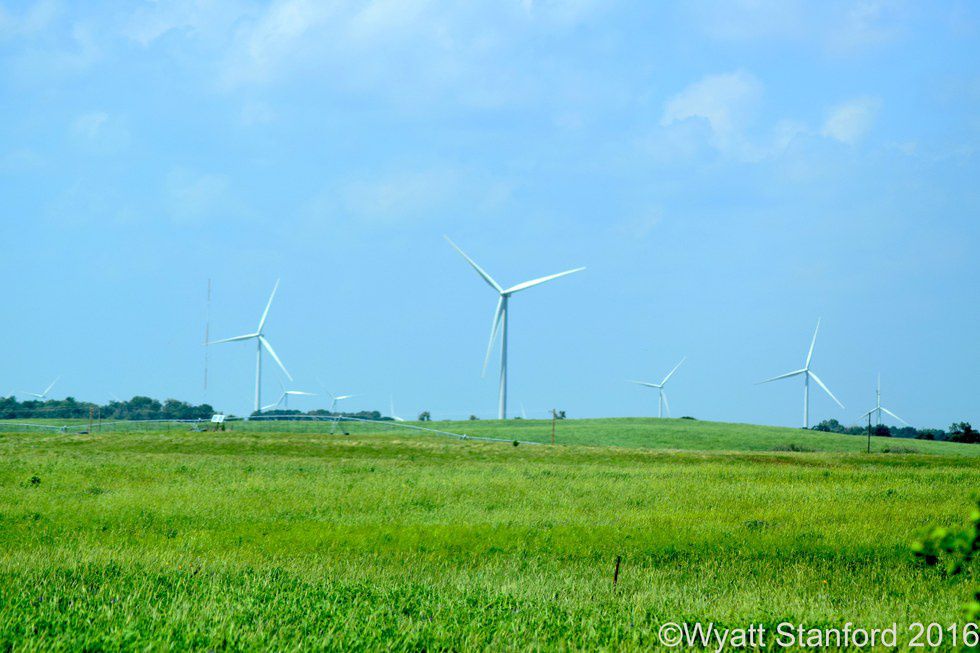
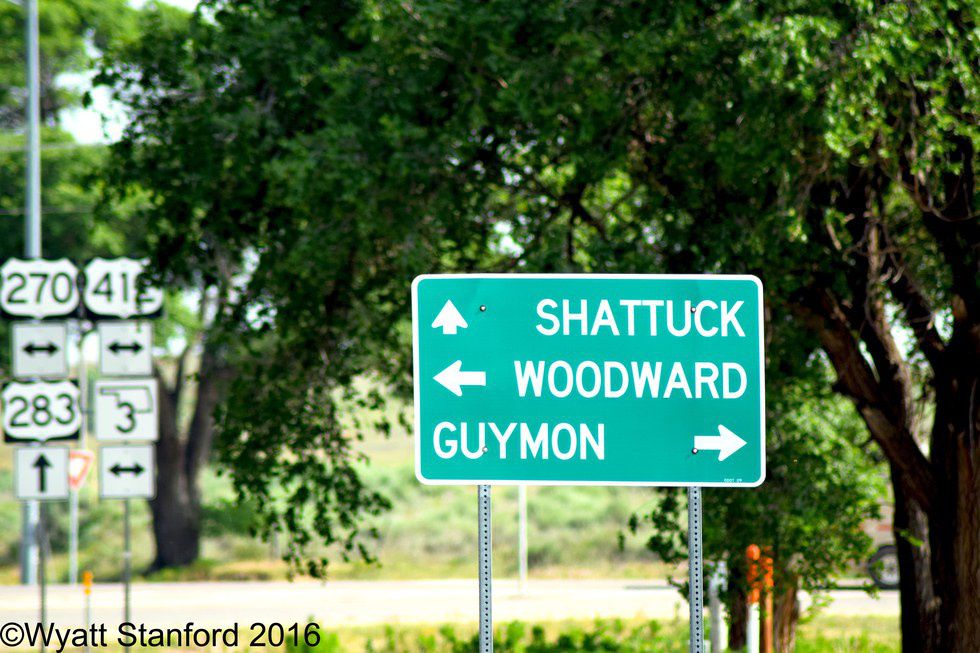


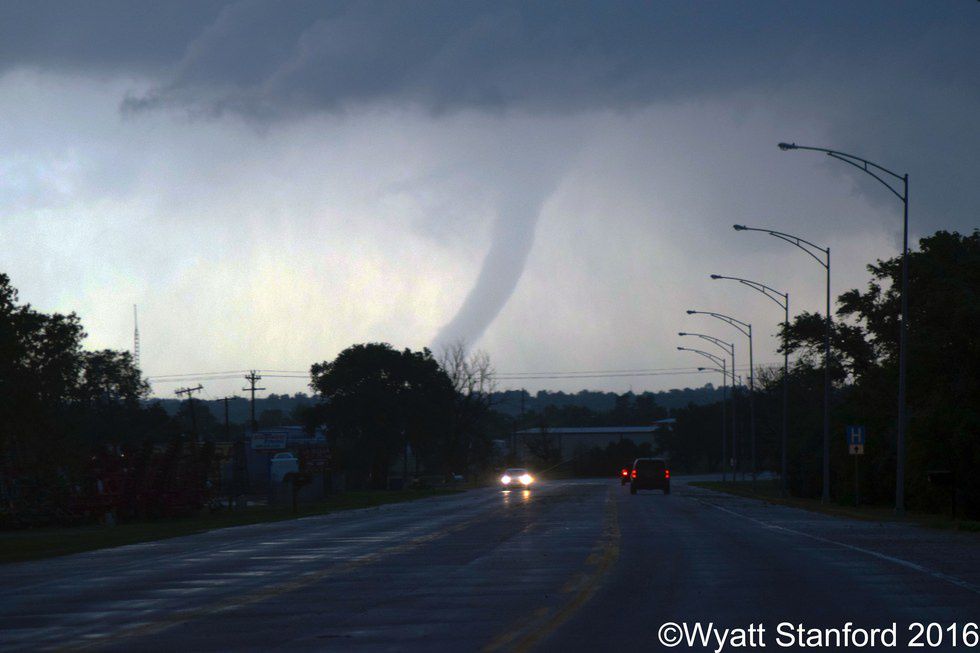

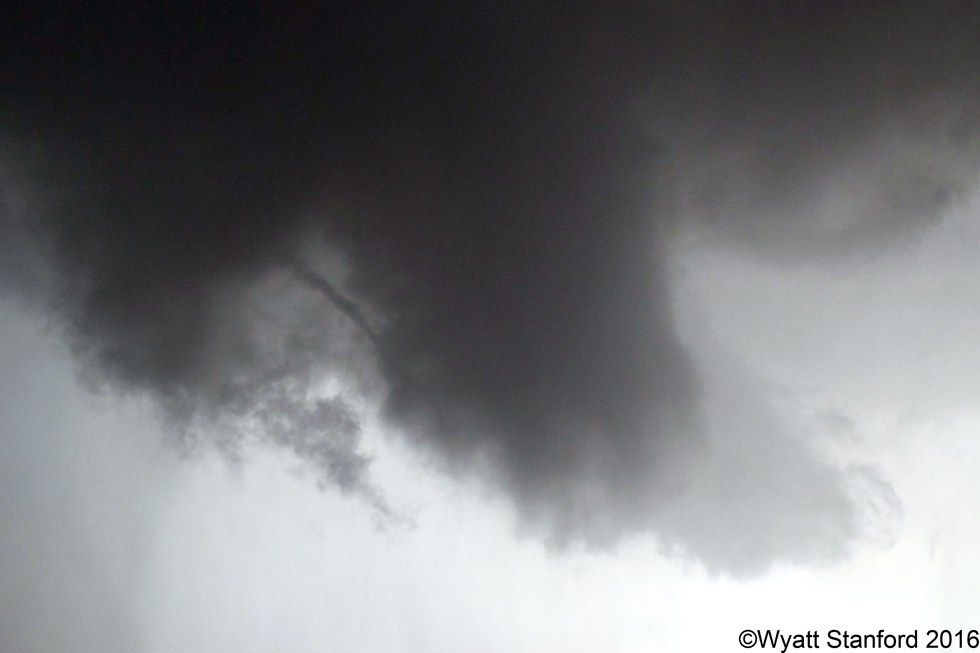
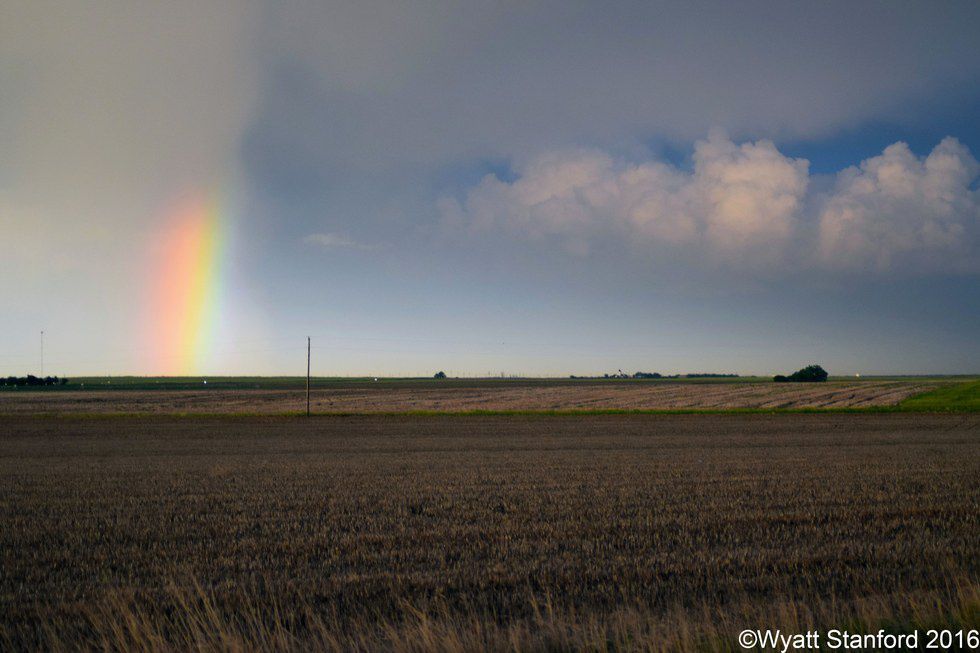
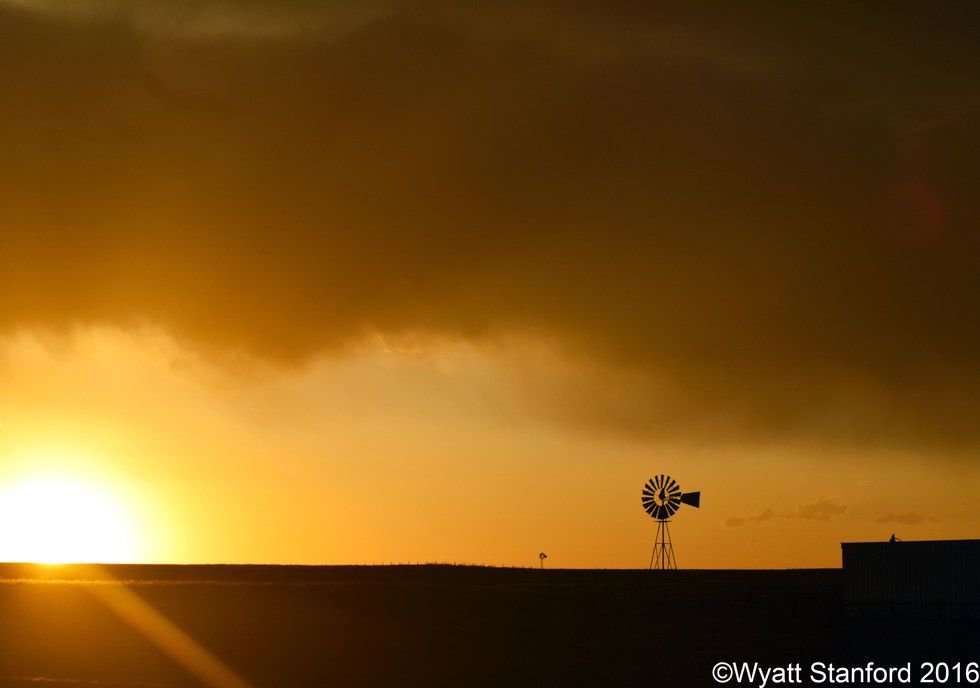



 mr and mrs potato head
StableDiffusion
mr and mrs potato head
StableDiffusion










